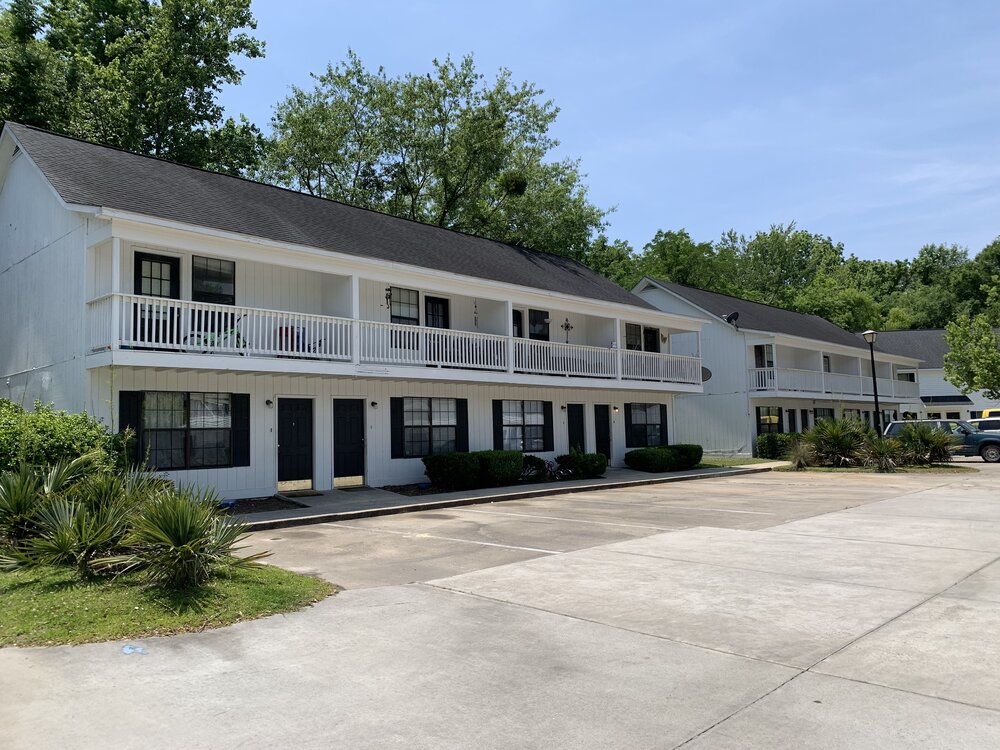We’re getting into some very exciting tax and accounting concepts today! I know what you’re thinking…there is no way tax and accounting could ever be exciting. My hope is that after today, you’ll have a newfound appreciation for depreciation!
Many real estate investors are familiar with the tax benefits of depreciation, but if you’re not aware of how exactly it works, we’re going to dive in today!
As always, I need to caveat this to say that this article should not be taken as tax or investment advice. Please consult with your accountant or tax professional to understand how this applies to your specific scenario!
The US Tax Code allows owners of real assets to allocate the cost of the asset over the asset’s “useful life” to reduce taxable income each year, known as depreciation expense. The useful life defined by the IRS and is a somewhat arbitrary number, not necessarily indicative of how long the asset will last. Businesses take depreciation expenses for a variety of fixed assets from machinery and computers to vehicles and buildings.
Real estate investors can also take depreciation expense for the value of their real assets. It works like this:
Let’s say you purchased an apartment building for $2M. You can’t depreciate land, so let’s say the value of the building by itself is worth $1.5M. This IRS defines the useful life of residential real estate as 27.5 years.. In this example you can take an annual depreciation expense of $54,545. This expense will reduce your annual taxable income.
That’s pretty sweet. Now let’s talk about two concepts that can make this concept even better: cost segregation and bonus depreciation.
In the example above we took the cost of the building and depreciated it evenly over the entire “useful life” of the asset. But if you look at all of the elements of the apartment building you know that not everything will actually last that long.
This is where cost segregation comes in. Cost segregation looks at each of the elements of the building and determines the individual useful life of those elements separately. This means that for example the roof has a useful life of 10 years, the electrical system has a useful life of 5 years and the overall building structure is 20 years. When you shorten the lifespan of the asset, the amount of annual expense increases. In this very rudimentary example you can see that now we get to take $100,000 of annual depreciation expense – almost double the amount of the straight line amount!
Now it is important to note here that you should hire a professional to do your cost segregation study. A trained professional will provide you with the appropriate documentation to provide to the IRS to support the analysis.
Now let’s look at the impact of the cost segregation study on taxable income! This is obviously a simplified example but you can see the impact of accelerated depreciation through the cost segregation study has a huge impact on taxable income.
In addition to cost segregation, the IRS allows investors to take “bonus depreciation.” This section of the tax code allows investors to deduct a certain percentage of the cost of an asset in the first year it was purchased and the remaining cost deducted over the remaining useful life of the asset using regular depreciation. For tax years 2015 through 2017, first year bonus depreciation was set to 50%. In 2018 Congress enacted the JOBS act which increased the percentage to 100% of the cost of the asset. Beginning in 2023 the percentage will reduce to 80% and is currently set to phase out by 2027. This is a complicated area of the tax code and there are many rules and stipulations that apply, so as always consult with a real estate tax professional.
Cost segregation (aka bonus depreciation) is one of the most powerful tax advantages of real estate investing. Through this tool, many real estate investors pay little to no tax on their income from their investments.

